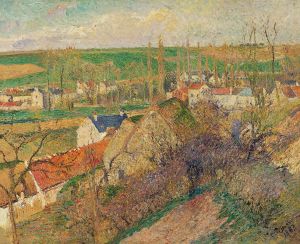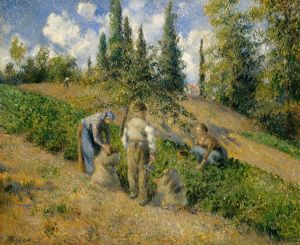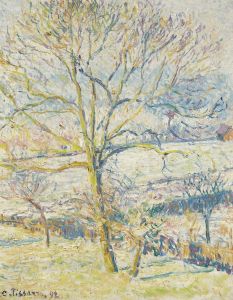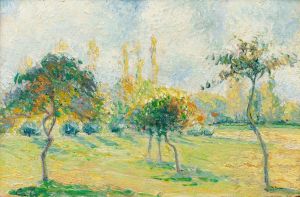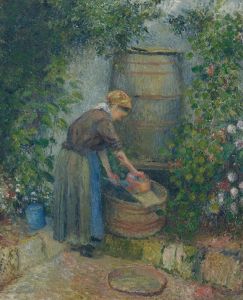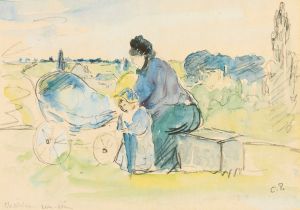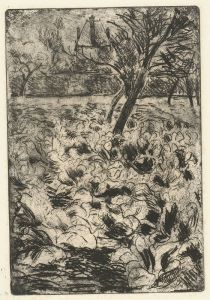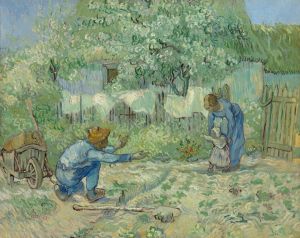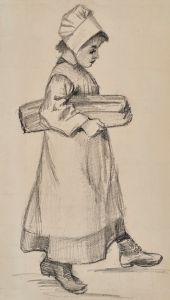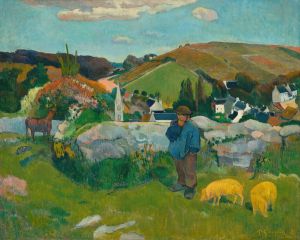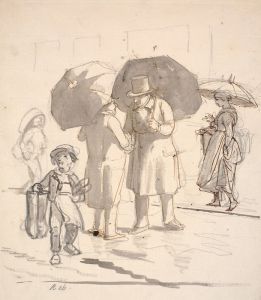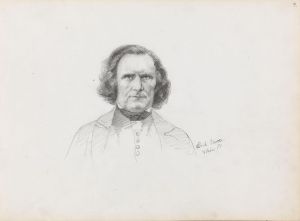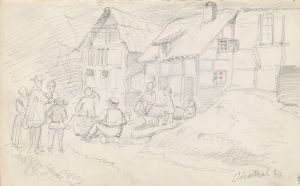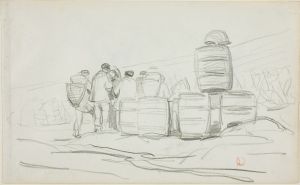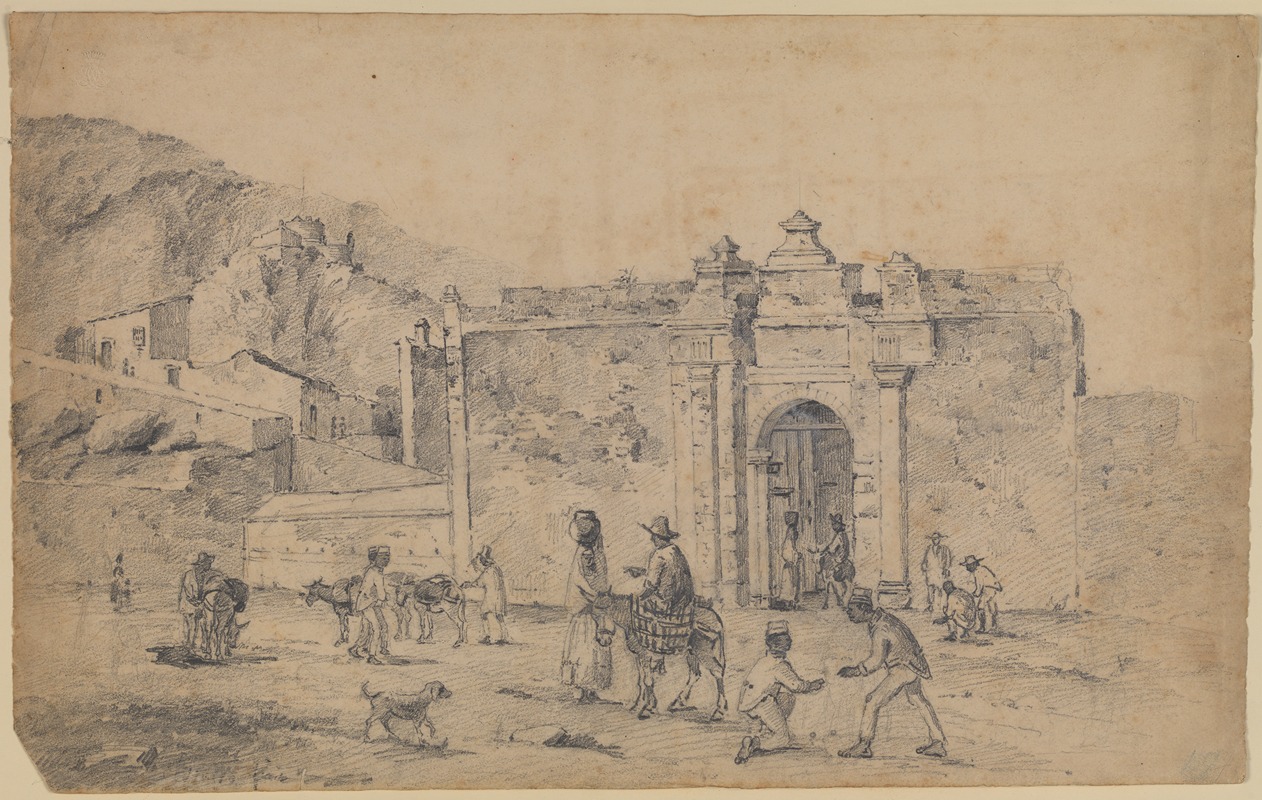
Folkeliv uden for en byport
A hand-painted replica of Camille Pissarro’s masterpiece Folkeliv uden for en byport, meticulously crafted by professional artists to capture the true essence of the original. Each piece is created with museum-quality canvas and rare mineral pigments, carefully painted by experienced artists with delicate brushstrokes and rich, layered colors to perfectly recreate the texture of the original artwork. Unlike machine-printed reproductions, this hand-painted version brings the painting to life, infused with the artist’s emotions and skill in every stroke. Whether for personal collection or home decoration, it instantly elevates the artistic atmosphere of any space.
Camille Pissarro's painting Folkeliv uden for en byport (translated as People's Life Outside a City Gate) is a work attributed to the renowned Danish-French Impressionist painter. Pissarro, born on July 10, 1830, in the Danish West Indies (now the U.S. Virgin Islands), is widely regarded as one of the key figures in the development of Impressionism and Post-Impressionism. His works often depict rural and urban scenes, focusing on the lives of ordinary people and the interplay of light and atmosphere.
The painting's title, in Danish, suggests a scene of daily life outside a city gate, possibly capturing a moment of interaction or activity among people in a semi-urban or rural setting. This theme aligns with Pissarro's broader artistic focus on portraying the lives of working-class individuals and the natural environment. His works are characterized by their attention to detail, use of light, and a sense of movement, which reflect his commitment to observing and representing the world around him.
While specific details about Folkeliv uden for en byport are limited, it is consistent with Pissarro's artistic style during the late 19th century. Pissarro often painted en plein air (outdoors), a technique that allowed him to capture the changing effects of light and atmosphere directly from nature. His works during this period frequently depicted scenes of rural life, marketplaces, and urban streets, emphasizing the harmony between human activity and the surrounding environment.
Pissarro's contributions to the Impressionist movement were significant, as he was one of the few artists to participate in all eight Impressionist exhibitions between 1874 and 1886. His influence extended to other prominent artists of the time, including Claude Monet, Paul Cézanne, and Edgar Degas. Pissarro's ability to adapt and experiment with different styles, including Neo-Impressionism later in his career, further solidified his reputation as a pioneering figure in modern art.
As with many of Pissarro's works, Folkeliv uden for en byport likely reflects his dedication to capturing the essence of everyday life and his interest in the relationship between people and their surroundings. However, without more specific historical documentation or analysis, further details about the painting's creation, location, or current status remain unclear.





